When a market gaps higher or lower at the open, it shows a significant decision made by the trading public overall. This means that there simply weren’t enough people on the other side of the trade to absorb the pressure immediately. Because of this, it shows that an extreme attitude change has either just been had, or perhaps we have shown a confirmation of an overall trend. Gaps are very rare in the Forex market. The typically can only happen on a Monday open, and only after a major of that. However, and other markets they are much more common. For example, stock markets gap quite often, and this gives us an opportunity to make money on momentum. In the attached daily chart of IBM, you can see that there were a couple of significant gaps to the downside. This shows that there were so many people willing to sell this stock that we had to gap lower to find people willing to take the other side of the trade. This shows a significant change in attitude. When you pair these gaps with the 20-day simple moving average, it shows you which direction you should be trading. Quite often, people will sell at the open on a gap, and then put their stop loss on the other side. As far as taking profit, that can be done in almost any way imaginable, as this trade typically will be more of a longer-term deal. As you can see, we have gapped a couple of times since then in IBM, as a continues to unwind. By paying attention to these signs, you can be on the right side of the market. In the stock market, it’s quite common for traders to move their stop losses to the next gap if we get another one, just as we have seen on this chart.
Fundamentals for stocks in indices very drastically, but there are a handful of common themes that you will see. For example, stocks have some very basic fundamentals, such as earnings estimates and of course actual earnings. After all, the stock valuation and pricing is a reflection of how a company is performing. The higher the profits and earnings, the higher the stock price typically. However, there are some other things that can come and play, such as the ability to sell debt, or perhaps something along the lines of a CEO change at the company and whether or not the market is confident with the new leadership. Fundamentals in indices are a little bit more varied, but there are a handful of them that people typically pay attention to. One such fundamental to a countries index is GDP. Gross domestic product is the value of an entire economy for lack of a better term. Obviously, the better the GDP is growing, the better that the stock market should as well. You also have other things such as interest rates they come into play. Or more specifically, interest-rate expectations. The central bank is looking to raise interest rates, typically it works against the value of a stock market. Also, exports can greatly influence an index, especially in certain countries such as Japan. The Japanese after all have an export driven economy, so the more exporting they do, the better off the Nikkei 225 should be. On top of that, currency can also come into play for export economies as a strong currency can often shrink the ability to sell worldwide.
In this video, I look at calendars and their importance. After all, the economic calendar is very important to pay attention to as various headlines can move currency, commodity, and various other financial markets. There are several calendars out there for use, and in this example I’m using the calendar at Forex Factory, as it is a neutral and free one that anybody can access. When you look at the calendar, there is quite often some type of gauge when it comes to impact. Typically, the events will be color-coded, and as a result it makes it simple to figure out what could move the markets during the day. Because of this, it makes it easy to see what’s more important than others, and more important for specific countries or markets. For example, you don’t want to place money on a currency that is about to get a massive headline coming in a few minutes. At that point, you are simply gambling. When you walk into your trading area, you have to check the calendars in order to figure out what’s coming up for the day, and potential unpleasant surprises that could arise. The last thing you want to do is place a trade right before some type of massive economic surprise that works against you. With this, you can avoid the absolute worst thing that happens to traders: putting a position on and having the market turnaround against you based on some announcement that you could have looked up. After all, if you are not aware of potential market moving events, you’re at the mercy of unseen forces. Although I used Forex Factory in this example, keep in mind that most brokerages offer some type of event calendar.
Fundamentals for stocks in indices very drastically, but there are a handful of common themes that you will see. For example, stocks have some very basic fundamentals, such as earnings estimates and of course actual earnings. After all, the stock valuation and pricing is a reflection of how a company is performing. The higher the profits and earnings, the higher the stock price typically. However, there are some other things that can come and play, such as the ability to sell debt, or perhaps something along the lines of a CEO change at the company and whether or not the market is confident with the new leadership. Fundamentals in indices are a little bit more varied, but there are a handful of them that people typically pay attention to. One such fundamental to a countries index is GDP. Gross domestic product is the value of an entire economy for lack of a better term. Obviously, the better the GDP is growing, the better that the stock market should as well. You also have other things such as interest rates they come into play. Or more specifically, interest-rate expectations. The central bank is looking to raise interest rates, typically it works against the value of a stock market. Also, exports can greatly influence an index, especially in certain countries such as Japan. The Japanese after all have an export driven economy, so the more exporting they do, the better off the Nikkei 225 should be. On top of that, currency can also come into play for export economies as a strong currency can often shrink the ability to sell worldwide. Regardless, you have to keep in mind that most of which are looking at is the state of either the financial balance sheet of a company, or the overall economy of a nation. As a general rule, the higher things go numerically, the higher the index will.
While you can use technical analysis to trade solely, it does help to have an idea of what’s going on fundamentally when it comes to various financial markets. This is just as true in the energy markets as it is anywhere else. After all, one of the biggest drivers of price is supply and demand, and there are a multitude of reasons why the market will swing back and forth from either oversupplied, or very demand driven. If there is a disruption in supply, typically this will come across newswires. For example, conflict in the Middle East has an effect on crude oil pricing due to the fact that we could see supply disruptions. One such example would be the wars that recently happened in Iraq. This obviously had an unsettling effect on crude oil markets, as people were concerned whether or not there would be enough crude oil to handle supply while Iraqi oilfields were obviously off-line. There are other things such as politics that can get involved as well, but typically we are looking at data when we speak of fundamentals. The US Energy Information Administration has a website at www.EIA.gov that lists several different data sets to give you an idea as to where supply and demand will be when it comes to crude oil and natural gas. For example, you can read about reserves and inventories in the United States, which of course is very important considering that the United States is one of the largest consumers of petroleum in the world. Also, you get other such announcements such as Gulf of Mexico Offshore Production. In other words, this gives us an idea as to what the supply situation will be. Obviously, the more supply, the lower the price in the markets typically.
Without a doubt, one of the most important tools a Forex trader, or any other trader for that matter, has at their disposal is an economic calendar. This gives us the “heads up” as to what announcements are coming. Not only do they tell us what happens today, but they can tell us what is happening in the next few trading sessions, something that can tell you when you want to, or perhaps don’t want to, be involved in the financial markets. For example, if a major economic announcement is coming out of the United States later today, perhaps trading the US dollar or even US stock markets would be dangerous. If you do not follow economic announcements and economic calendars, it is very likely that you are going to be surprised by volatility when the announcement comes out. This can lead to very unpleasant circumstances. There are economic calendars freely available across the Internet, at various news sites and forums. For example, there are places such as Bloomberg, CNBC, FT, and Forex Factory that offer excellent trading calendars. This will keep you informed as to what could move the market, the fundamental landscape of economies being traded, and of course upcoming announcements that you should avoid. The last thing you want to do is put on a large position just ahead of a market moving event only to find yourself losing money rapidly. Unfortunately, this is a mistake many of us make when we are new to trading. Before you place every trade, the one thing you should do is check your economic calendar to make sure that you are not doing something dangerous. Even seasoned veterans know better than to put money to work without checking these announcements. We have all been burned more than once doing that, hopefully we have learned our lesson.
Fixed income investments, often referred to as money market securities and more often than that bonds, can come in a variety of forms. However, most traders will be focusing on governmental securities, such as US Treasuries. With this, we need look at the fundamentals of what moves the fixed income markets, and without a doubt the biggest thing is going to be simple demand. Bonds move inversely to what most traders are used to. They rise in price, and in turn will lose part of the interest paid to holders of those bonds. This is because demand is higher. As interest rates rise, you make more money at the end of the curve, or when the bond matures. However, most people trading bonds are worried about the actual value of the bond itself, meaning that when it rises in price, they can sell their bonds back into the marketplace and make their profits than. Interest-rate expectations of course are highly influential when it comes to bonds, so for example US Treasuries are highly sensitive to jobs numbers, interest-rate hikes, and statements coming out of the Federal Reserve. If they are likely to raise interest rates, that means that typically bonds aren’t as strong, because they need to entice more buyers into the market. On the other hand, we can see a complete reversal of that if there is strong demand for US Treasuries at this point in time. Interest rates go down, because quite frankly the US government doesn’t have to entice traders quite as strongly. Without a doubt though, interest-rate expectations are by far the leading indicator of what will happen in these instruments.
Monetary policy is set in motion by a central bank of a sovereign nation. In other words, the central bank will adjust interest-rates, perhaps do more quantitative easing, shore up the banking system, or many other things to affect the economy as well as currency values. Without a doubt, the most important monetary policy release will be the interest-rate statement. Typically, central banks move in small increments when it comes to either raising or cutting interest rates. The markets trying to guess as to what the central banks are going to do ahead of time, but occasionally they surprise the markets, reading an extraordinarily large of volatility. In general, the market is due tends to get it right. Monetary policy releases come out in a regular scheduled manner, and as a result will quite often make the markets fairly quiet ahead of time. If a particular interest-rate announcement has caught the attention of the traders in the Forex markets for example, it’s likely that a couple of days ahead of time the markets will calm down. It’s because everybody is simply waiting to get an idea of what happens next. Keep in mind that interest-rate statements normally have a press conference afterwards, and at that point in time traders trying to guess or parse the words from central bankers to see where they may go next as far as interest rates are concerned. Keep in mind that monetary policy releases can also be sudden. They don’t necessarily have to be when they are scheduled. For example, the Federal Reserve did several extraordinary moves during the last financial crisis in order to prop up several banks. Because of this, it is a bit of a mixed bag, but ultimately the interest-rate expectations and announcements are by far the largest factors in the marketplace when it comes to monetary policies.
Without a doubt, the United States Department of Agriculture is the largest provider of fundamental information when it comes to the soft commodity such as wheat, corn, and agricultural products in general. For example, traders will look to the USDA for hints and ideas as to where the future trend of crops may be going. Obviously, this is a supply and demand question, as if there is serious damage to the wheat crop or example, this should raise prices in the markets as there won’t be as much supply. Obviously, they can work both ways, as a larger than expected crop typically will bring down the value of a commodity. The easiest place to find this fundamental information is www.USDA.gov which is the official website. There are several different markets that they give information on, and if you are looking for potential fundamental factors as to pricing in an agricultural market, it’s likely that you will find the information you need here. Not only do they give you reports on what has or has not been produced, but also provides trend forecasting information. For example, the will say such things as “the overall trend for soybeans is a strong crop for the rest of the year.” This obviously would be negative for soybean pricing, as there would be more than enough to fill demand. By keeping an eye on supply and demand, you should be able to discern what the longer-term trend will be for various markets that you are trading. This is true in all financial markets, but in agricultural markets we have the USDA to tell us what weather has been going to the crops, livestock, or other markets.
There are an absolute ton of reasons a currency can go in one direction or the other, but as a general overview there are a handful of things that tend to be the biggest movers. Luckily, most of the time the market tends to focus on one thing over the other, and as soon as you figure that out, you can get an idea as to where the currency may move. One reason that currencies can move is political. One recent example of a political decision affecting a currency is the British voting to leave the European Union. This weighed heavily upon the British pound, as it brought a lot of uncertainty into the marketplace when it came to Great Britain itself. There is a significant amount of concern as to what this will do for international trade, and as a result the British pound sold off rather drastically. Other such political reasoning can include elections, as one particular party may be more business friendly than another. Another reason that currencies often move is interest-rate expectations. In fact, this is the “de facto” reason for currencies to move. Simply put, a currency that is expecting higher interest rate coming out of the central bank typically enjoys greater strength. This is because more people are willing to invest in a country that returns more interest on investment. Simply put, capital goes to where it’s treated the best. Alternately, if interest rates are likely to go lower, that typically works against the value of the currency. Some currencies are driven by other markets. What I mean by this is that some are highly influenced by a particular commodity for example. One such currency is the Australian dollar, as it tends to move with the gold markets in general. Over the longer term, the two tend to have the same trend, as Australia is a major exporter of gold to the rest of the world. Obviously, if you are to buy gold from an Australian mining company, they want to be paid in Australian dollars. This drives of demand for that particular currency. Some currencies can move in sympathy of others. Using the Australian dollar as an example again, quite often the New Zealand dollar will make a move and the Aussie will follow or vice versa. This is simply because the two economies are so heavily intertwined. With this, there is a bit of a “knock on effect” between the two markets. There are an absolute ton of other reasons that a currency can move, but these are by and large the most common causes. By knowing the answers to at least a handful of these questions, you can get the general feel for where a currency should be heading.
![How to trade forex with $100 [ small cap trading strategy ] How to trade forex with $100 [ small cap trading strategy ]](https://thediaryofatrader.com/wp-content/uploads/2020/06/how-to-trade-forex-with-10-196x126.jpg)
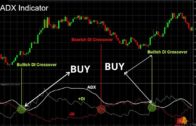



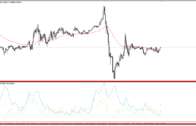
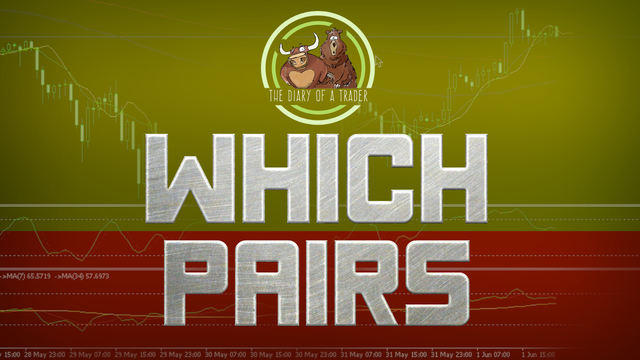
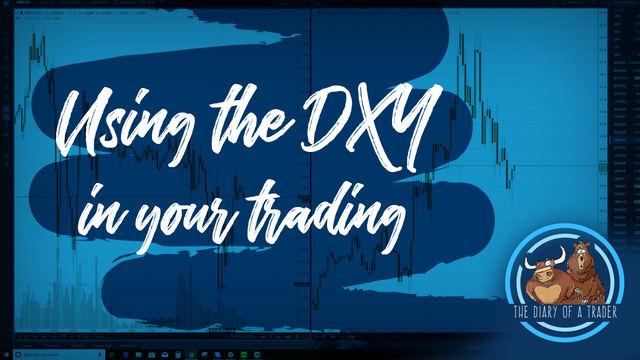

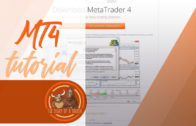









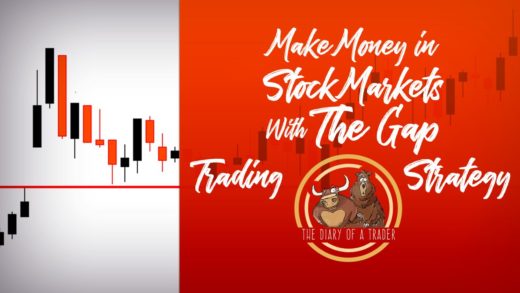
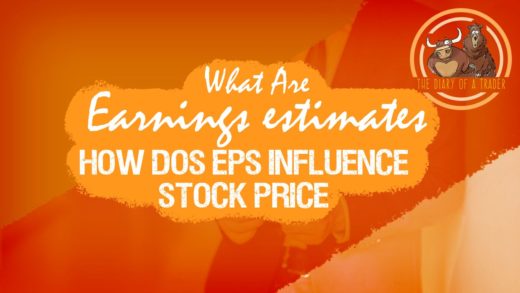
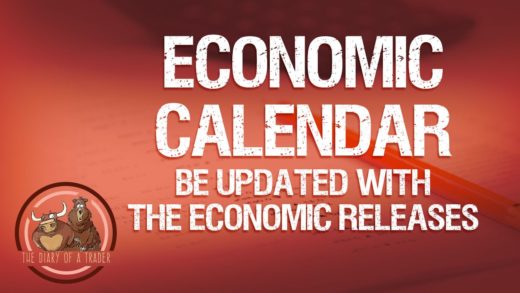
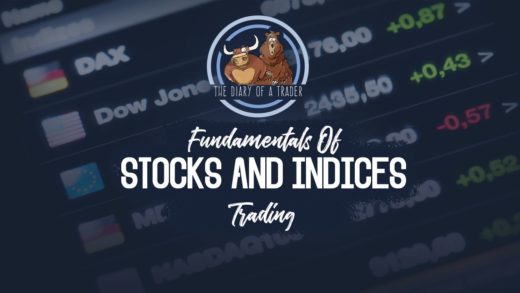
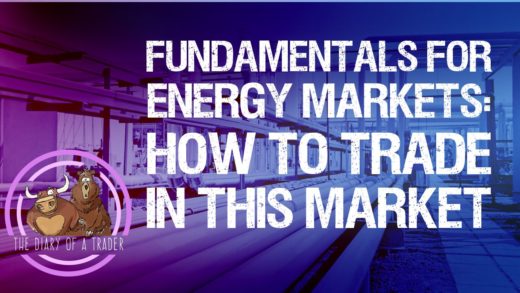
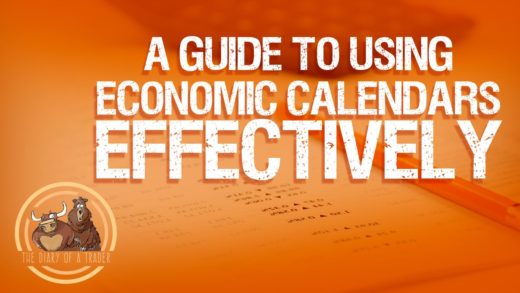

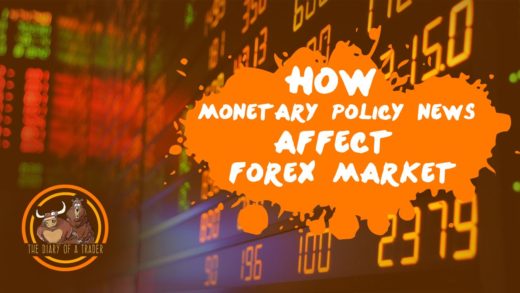

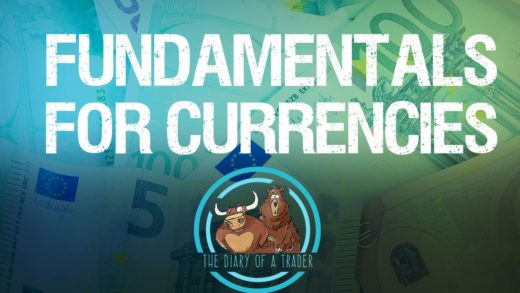


Recent Comments
Alberto CannApril 19, 2020 at 5:42 pm
thediaryofatraderNovember 26, 2018 at 2:46 am
Forex Steam SettingNovember 26, 2018 at 12:33 am